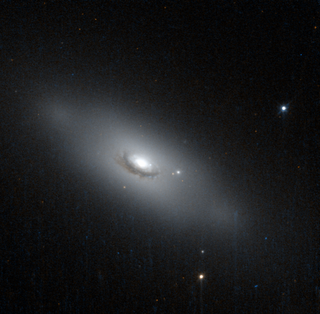
NGC 1260 is a spiral or lenticular galaxy located 250 million light years away from earth in the constellation Perseus. It was discovered by astronomer Guillaume Bigourdan on 19 October 1884. NGC 1260 is a member of the Perseus Cluster and forms a tight pair with the galaxy PGC 12230. This galaxy is dominated by a population of many old stars.

NGC 4753 is a lenticular galaxy located about 60 million light-years away in the constellation of Virgo. NGC 4753 was discovered by astronomer William Herschel on February 22, 1784. It is notable for having distinct dust lanes that surround its nucleus. It is a member of the NGC 4753 Group of galaxies, which is a member of the Virgo II Groups, a series of galaxies and galaxy clusters strung out from the southern edge of the Virgo Supercluster.
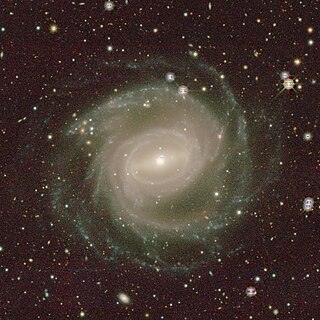
NGC 3313 is a large barred spiral galaxy located about 55 megaparsecs away in the constellation Hydra. It was discovered by astronomer Ormond Stone in 1886 and is an outlying member of the Hydra Cluster.
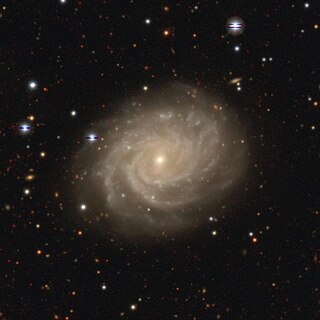
NGC 3336 is a barred spiral galaxy located about 190 million light-years away in the constellation Hydra. It was discovered by astronomer John Herschel on March 24, 1835. NGC 3336 is a member of the Hydra Cluster.
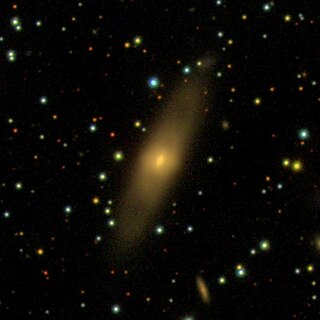
NGC 1250 is an edge-on lenticular galaxy located about 275 million light-years away in the constellation Perseus. It was discovered by astronomer Lewis Swift on Oct 21, 1886. NGC 1250 is a member of the Perseus Cluster.
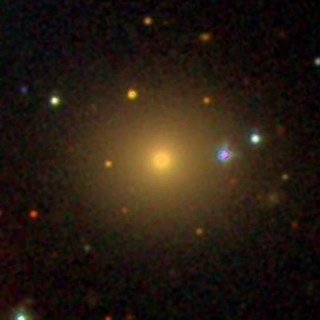
NGC 1259 is a lenticular galaxy located about 243 million light-years away in the constellation Perseus. The galaxy was discovered by astronomer Guillaume Bigourdan on October 21, 1884 and is a member of the Perseus Cluster.

NGC 1264 is a low-surface-brightness barred spiral galaxy located about 145 million light-years away in the constellation Perseus. The galaxy was discovered by astronomer Guillaume Bigourdan on October 19, 1884. NGC 1264 is a member of the Perseus Cluster.

NGC 1267 is an elliptical galaxy located about 220 million light-years away in the constellation Perseus. NGC 1267 was discovered by astronomer Heinrich d'Arrest on February 14, 1863. NGC 1267 is a member of the Perseus Cluster and is possibly interacting with the spiral galaxy NGC 1268.

NGC 1273 is a lenticular galaxy located about 245 million light-years away in the constellation Perseus. It was discovered by astronomer Heinrich d'Arrest on February 14, 1863 and is a member of the Perseus Cluster.
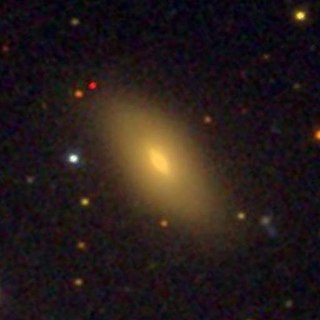
NGC 1274 is a compact elliptical galaxy located about 280 million light-years away in the constellation Perseus. NGC 1274 was discovered by astronomer Lawrence Parsons on December 4, 1875. It is a member of the Perseus Cluster.
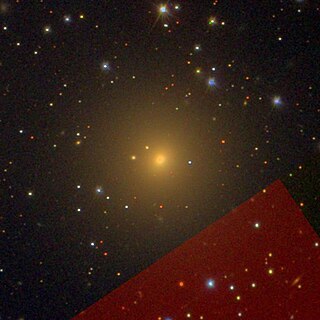
NGC 1272 is a massive elliptical galaxy located about 230 million light-years away in the constellation Perseus. It was discovered by astronomer Heinrich d'Arrest on February 14, 1863. NGC 1272 has an active nucleus and is the second brightest member of the Perseus Cluster after NGC 1275.
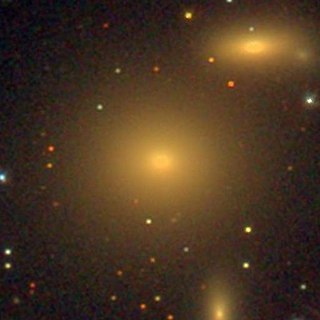
NGC 1278 is an elliptical galaxy located about 230 million light-years away in the constellation Perseus. NGC 1278 was discovered by astronomer Heinrich d'Arrest on February 14, 1863. It was then rediscovered by astronomer Guillaume Bigourdan on October 22, 1884 and was later listed as IC 1907. NGC 1278 is a member of the Perseus Cluster and is a low-luminosity AGN (LLAGN).

NGC 1282 is an elliptical galaxy located about 230 million light-years away in the constellation Perseus. It was discovered by astronomer Guillaume Bigourdan on October 23, 1884. NGC 1282 is a member of the Perseus Cluster.

NGC 1283 is an elliptical galaxy located about 250 million light-years away in the constellation Perseus. The galaxy was discovered by astronomer Guillaume Bigourdan on October 23, 1884 and is a member of the Perseus Cluster. It also contains an active galactic nucleus.

NGC 1293 is an elliptical galaxy located about 215 million light-years away in the constellation Perseus. It was discovered by astronomer William Herschel on October 17, 1786. NGC 1293 is a member of the Perseus Cluster.

NGC 1294 is a lenticular galaxy located about 285 million light-years away in the constellation Perseus. The galaxy was discovered by astronomer William Herschel on October 17, 1786 and is a member of the Perseus Cluster.
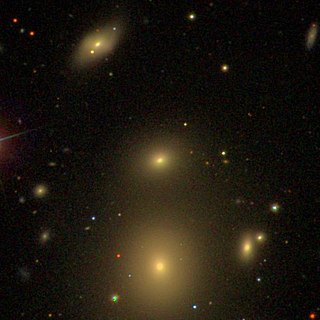
NGC 3841 is an elliptical or lenticular galaxy located about 300 million light-years away in the constellation Leo. It was discovered by astronomer John Herschel on March 25, 1827 is a member of the Leo Cluster.

NGC 3861 is a large barred spiral galaxy with a ring-like structure located about 310 million light-years away in the constellation Leo. It was discovered by astronomer John Herschel on March 23, 1827. NGC 3861 is a member of the Leo Cluster and has a normal amount of neutral hydrogen and ionised hydrogen.

NGC 3873 is an elliptical galaxy located about 300 million light-years away in the constellation Leo. The galaxy was discovered by astronomer Heinrich d'Arrest on May 8, 1864. NGC 3873 is a member of the Leo Cluster.

NGC 4316 is an edge-on spiral galaxy located about 70 million light-years away in the constellation Virgo. It was discovered by astronomer Wilhelm Tempel on March 17, 1882. NGC 4316 is a member of the Virgo Cluster and is classified as LINER and as a Seyfert galaxy.




















